Sometimes, things just line up, and then exciting things happen. Such as a weekend workshop on tablet weaving that I will give, on January 18-20 2019 - in a stunningly beautiful house in Méry, Belgium. I am utterly, utterly thrilled by this - and maybe you are too?
The house is the Merveille de Méry, a 19th century country house, lovingly restored and beautifully situated in woody grounds. It's near Liège, which means it is easy to reach by train (and there will be a shuttle service to the house).
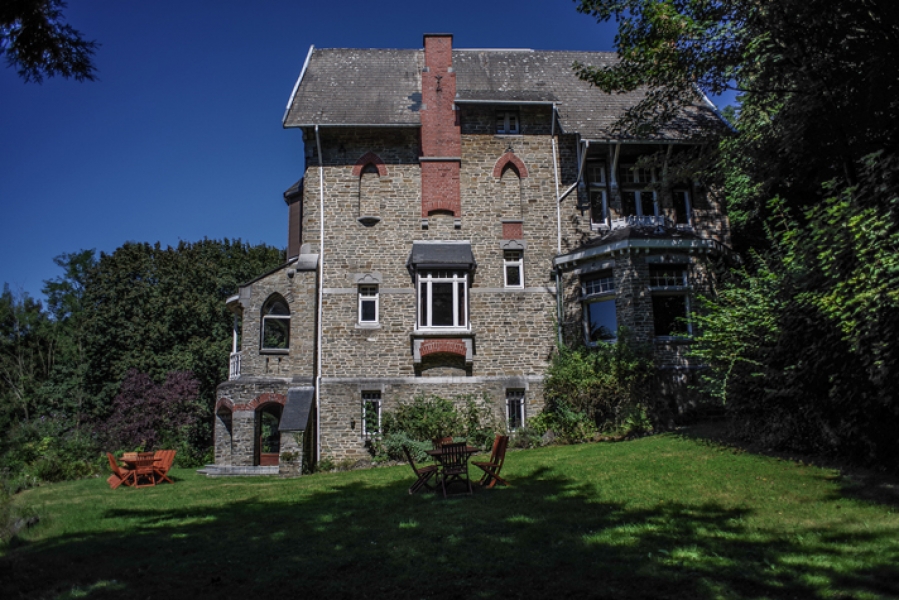
My workshop will run from Friday late afternoon to Sunday afternoon, and we will explore in depth the structures of tablet weaving. The aim is to give you a deep understanding of how patterning in tablet weaving works:
- the differences in s- or z-warping
- their relation to patterns and turn directions
- how to tell where you are in a pattern
- how to see which thread colours will appear next in your band
- how to fix mistakes
- how to transition from threaded-in patterns with two colours to doublefaced weaves
These things are taught as part of a system, starting with making a continuous warp. The deep understanding of how tablet weaving works, together with this system, will enable you to:
- analyse, understand, and copy bands that you see
- draft your own patterns with two or more colours
- weave patterned bands without any pattern draft, similar to how bands have been woven in the past.
This workshop may even take you to the basics of weaving 3/1 broken twill - the type of patterning used in the most complex of medieval tablet woven bands.
Workshop start is Friday, January 18, 6 pm; you can arrive at the house from 2 pm. The workshop ends on Sunday, January 20, at 4 pm. If you are travelling by train, a shuttle service from Liège to Méry on Friday and back on Sunday is possible.
I'm so delighted to be able to offer this - I've been wanting to do a larger tablet weaving workshop for a while now, and to have the opportunity to do it in such a stunning house, where we will have one room dedicated to our weaving and the rest of the house to relax between sessions, this is just awesome.
If you are interested, you can book your spot - including food and drink! - via my shop. If you book before December 10, you get the Early Bird Special Price of 395 €; after this, the regular fee is 425 €.
I'm already looking forward to this so much!
The house is the Merveille de Méry, a 19th century country house, lovingly restored and beautifully situated in woody grounds. It's near Liège, which means it is easy to reach by train (and there will be a shuttle service to the house).

My workshop will run from Friday late afternoon to Sunday afternoon, and we will explore in depth the structures of tablet weaving. The aim is to give you a deep understanding of how patterning in tablet weaving works:
- the differences in s- or z-warping
- their relation to patterns and turn directions
- how to tell where you are in a pattern
- how to see which thread colours will appear next in your band
- how to fix mistakes
- how to transition from threaded-in patterns with two colours to doublefaced weaves
These things are taught as part of a system, starting with making a continuous warp. The deep understanding of how tablet weaving works, together with this system, will enable you to:
- analyse, understand, and copy bands that you see
- draft your own patterns with two or more colours
- weave patterned bands without any pattern draft, similar to how bands have been woven in the past.
This workshop may even take you to the basics of weaving 3/1 broken twill - the type of patterning used in the most complex of medieval tablet woven bands.
Workshop start is Friday, January 18, 6 pm; you can arrive at the house from 2 pm. The workshop ends on Sunday, January 20, at 4 pm. If you are travelling by train, a shuttle service from Liège to Méry on Friday and back on Sunday is possible.
I'm so delighted to be able to offer this - I've been wanting to do a larger tablet weaving workshop for a while now, and to have the opportunity to do it in such a stunning house, where we will have one room dedicated to our weaving and the rest of the house to relax between sessions, this is just awesome.
If you are interested, you can book your spot - including food and drink! - via my shop. If you book before December 10, you get the Early Bird Special Price of 395 €; after this, the regular fee is 425 €.
I'm already looking forward to this so much!




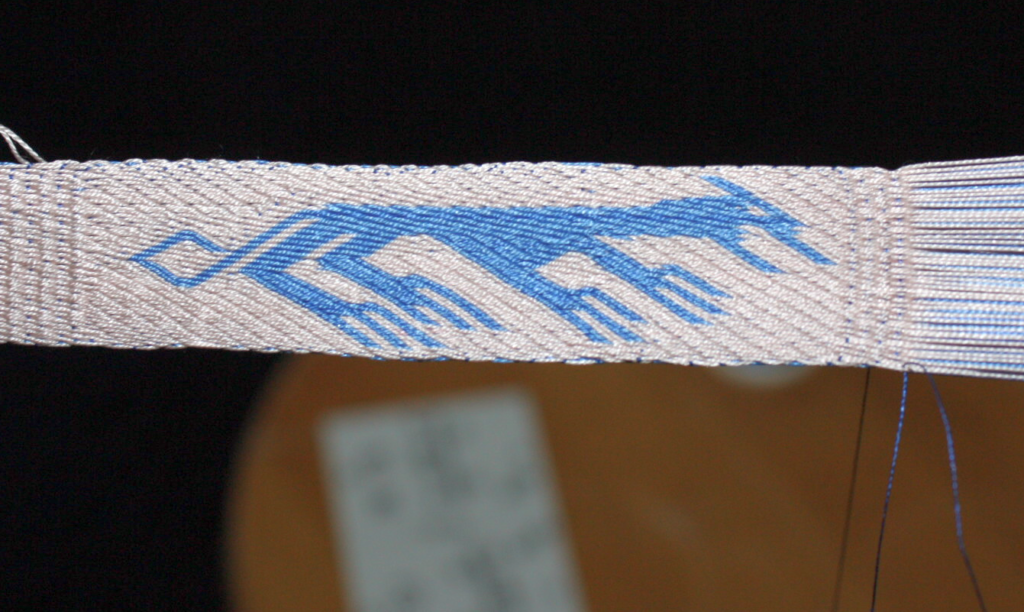
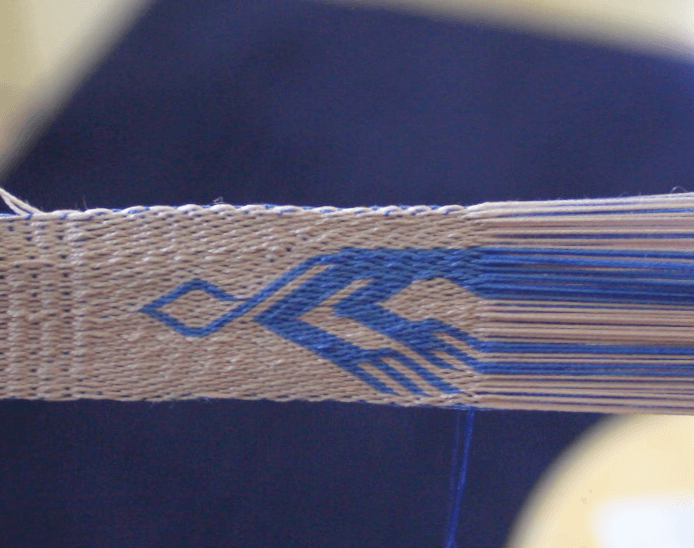
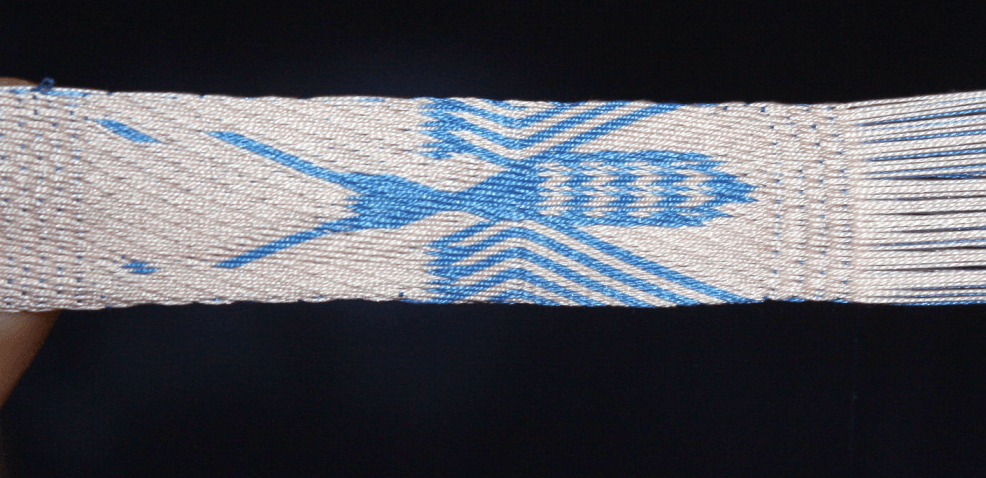

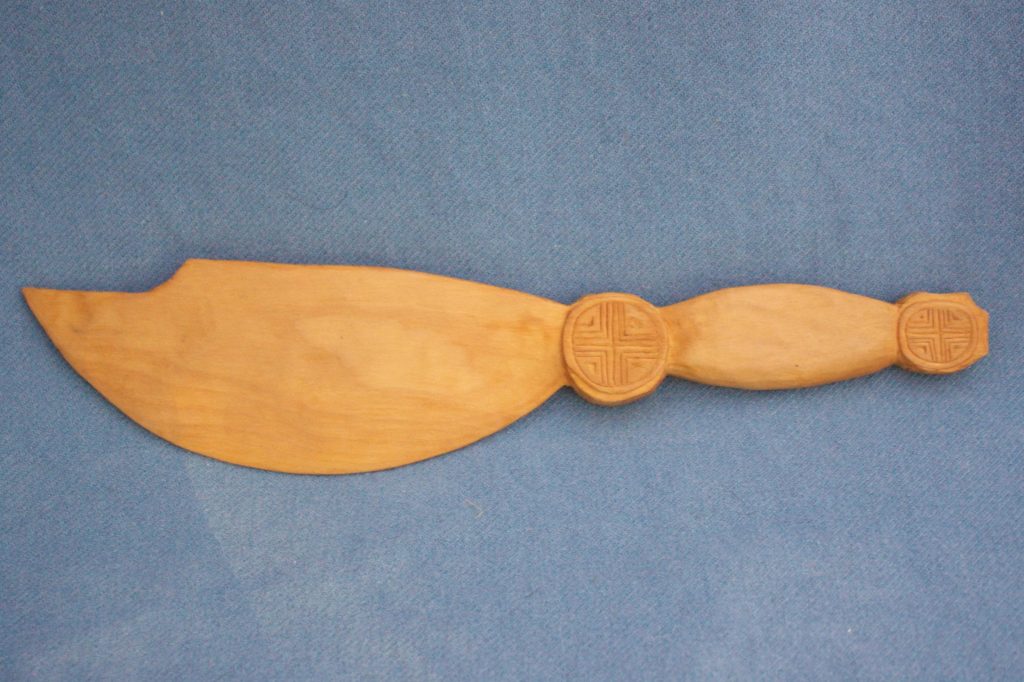
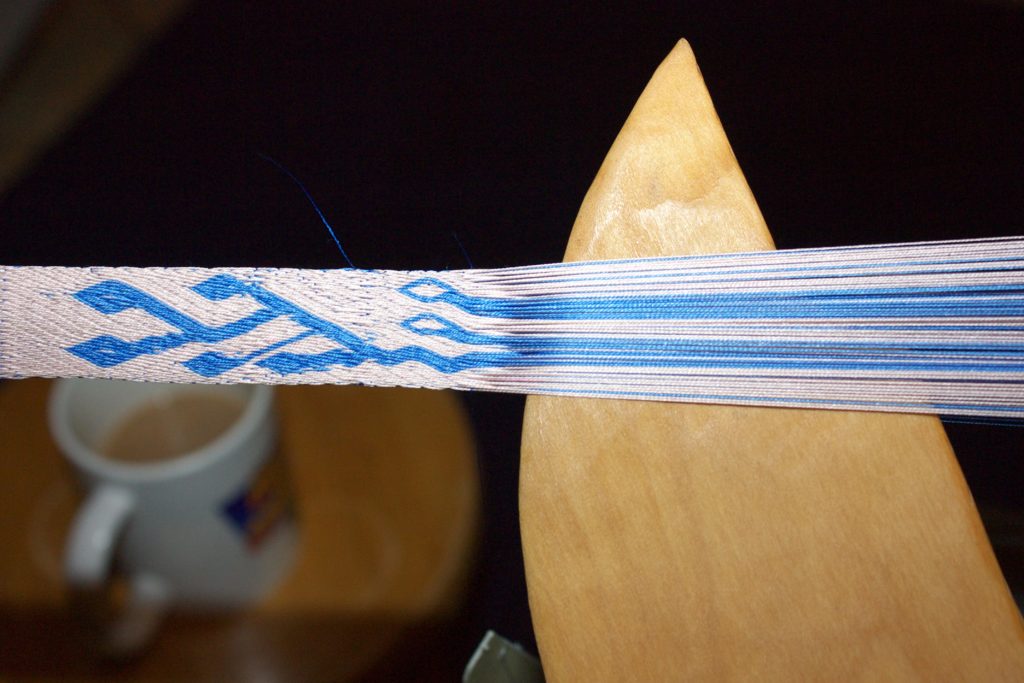 Gently pressing in the weft.
Gently pressing in the weft.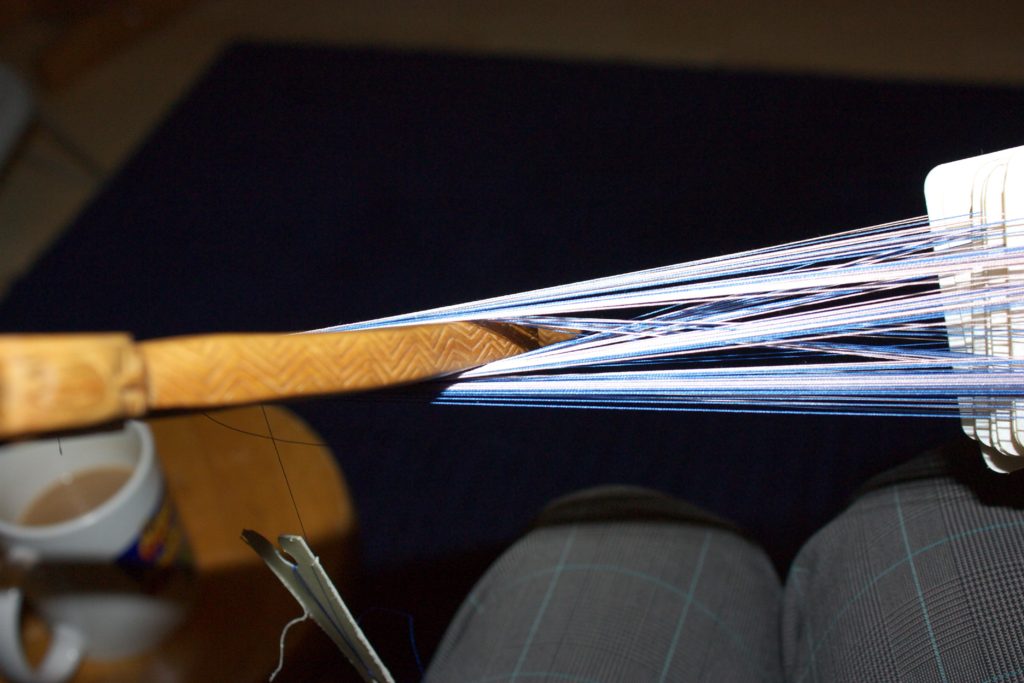 Fixing a mistake by weaving back - the crossings from the previous turn are carried towards the tablets.
Fixing a mistake by weaving back - the crossings from the previous turn are carried towards the tablets.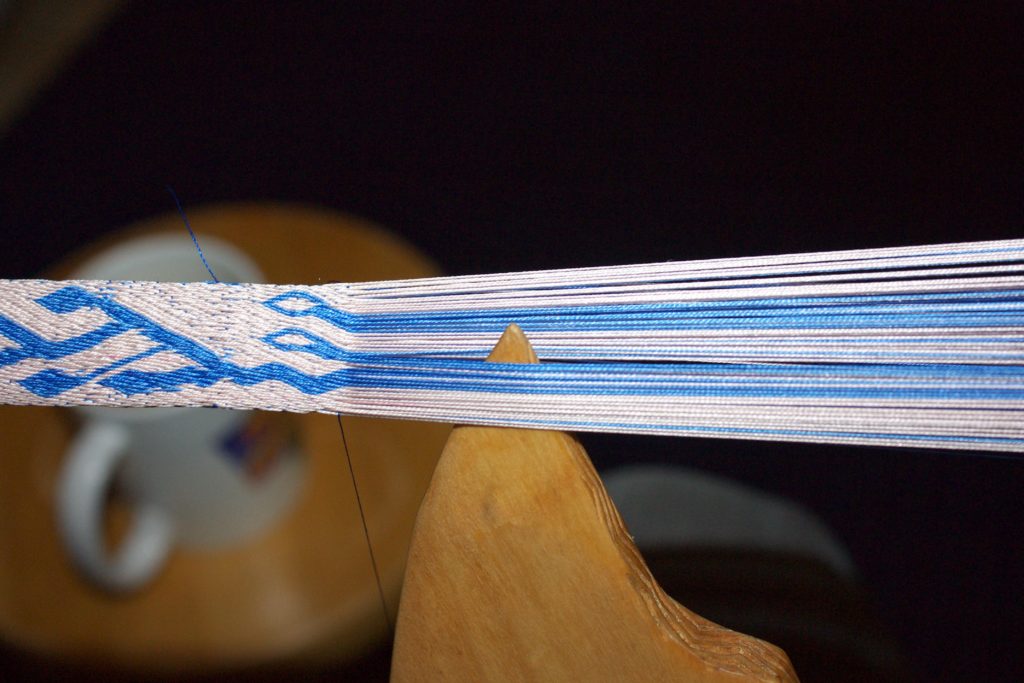 Catching the questionable pattern section edge to check whether the tablets stand correctly.
Catching the questionable pattern section edge to check whether the tablets stand correctly.